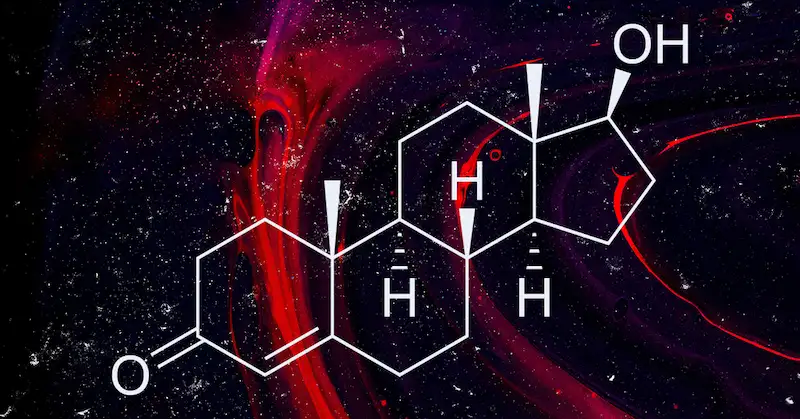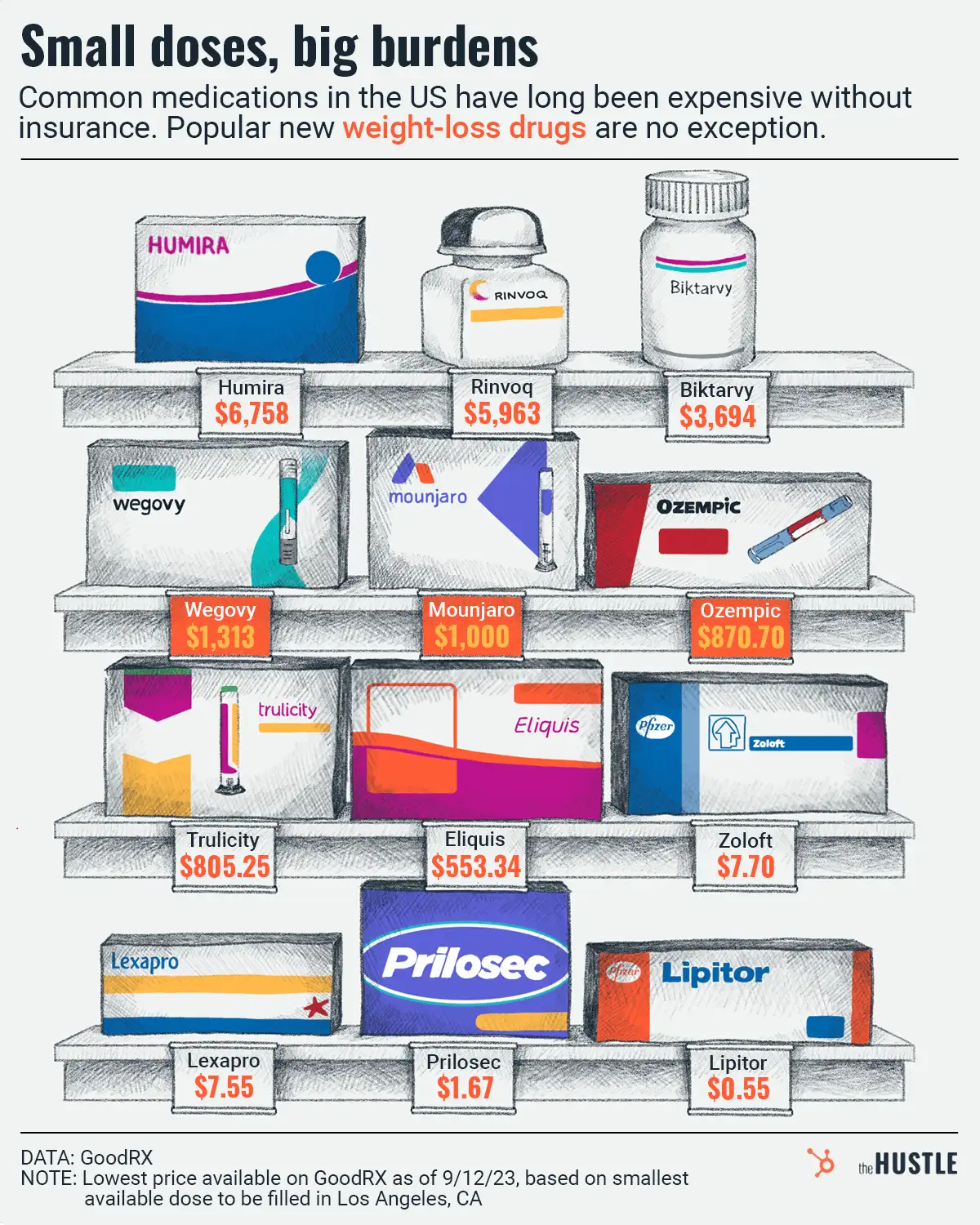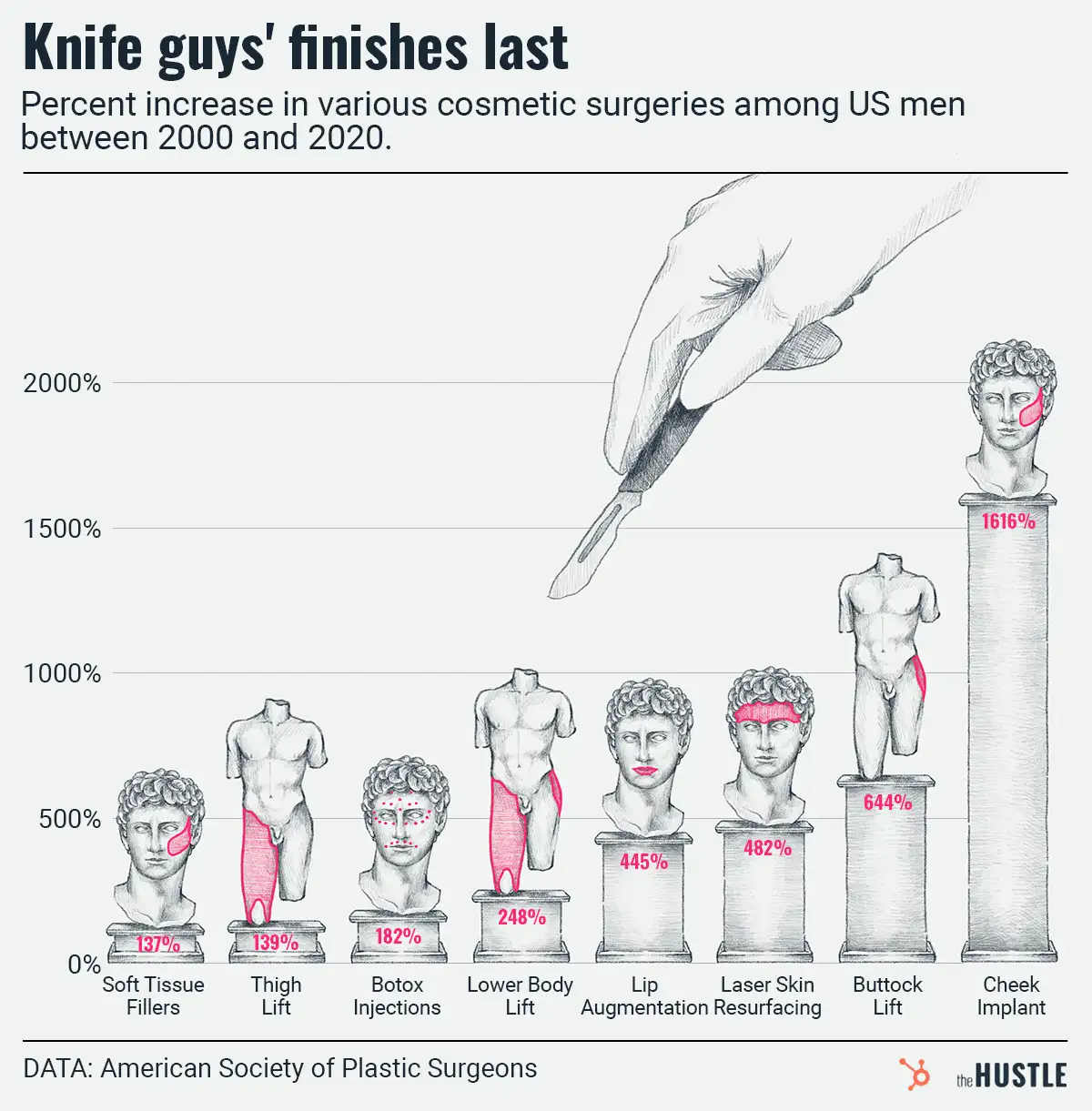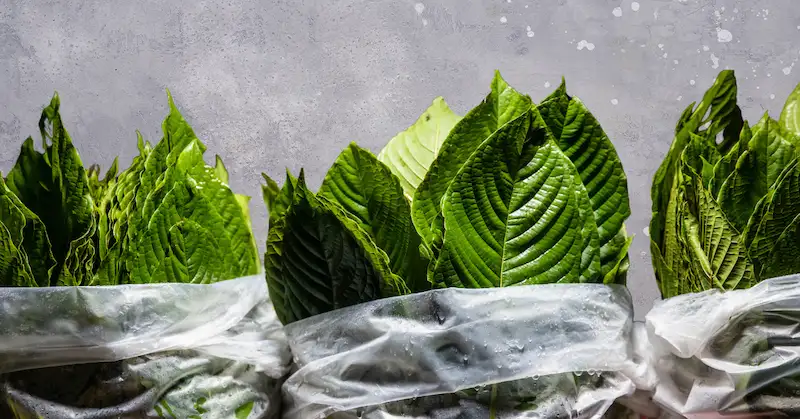Regardless of where you grew up, there’s a good chance gummy bears were part of your childhood.
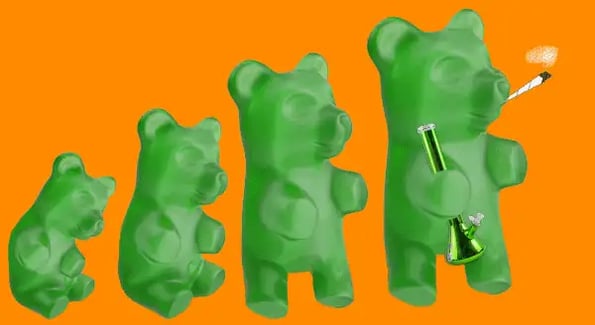
And there’s a good chance that’ll be the case for generations to come.
What started as a novelty candy 100 years ago has evolved into a full-blown gummy economy that’s only getting bigger, according to The New York Times.
Gummy bears…
… were invented in Germany in 1922 by Hans Riegel, the founder of Haribo. It took ~60 years for gummy bears to take off in the US, but once they did, competition arose quickly:
- Jelly Belly introduced the 1st American-made gummy bear in 1981
- Haribo opened its 1st distribution center in the US in 1982
- Albanese released its own gummy bears in 1983
Along the way, rival candy companies pushed gummies beyond the bear, like Trolli’s sour gummy worms and Mondelez’s Sour Patch Kids.
In 1997…
… gummies were given a new purpose: Hero Nutritionals introduced the Yummi Bear, the 1st gummy vitamin.
The invention kicked off a booming market that’s still thriving. Nutrition Business Journal estimated American gummy vitamin sales at ~$1.4B in 2018.
More importantly, the move showed that gummies can be used to deliver more than just a sugar high, leading to a wide range of products, including:
- Gummy supplements, from caffeine to fish oil
- Sleep gummies, usually featuring melatonin and other ingredients
- Weed gummies, including both CBD and THC varieties
Estimates peg the global CBD gummy market as high as ~$14B by 2028. Add that to the global market for gummy and jelly candy, which is estimated to reach $40B by 2024, and it’s clear gummies are big business.
Why do we love gummies so much?
One reason is nostalgia, according to Marcia Mogelonsky, director of insight at marketing analysis firm Mintel Food & Drink.
Candy store owner Elizabeth Schmitt agrees, saying gummies remind her of simpler times.
P.S. If you’re looking for a new way to enjoy your gummies, Schmitt’s store, Ruby Bond, offers a wide variety of gummy charcuterie boards.







